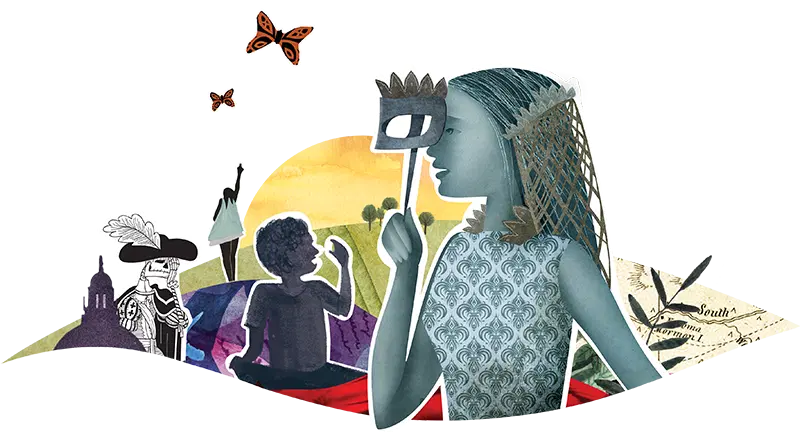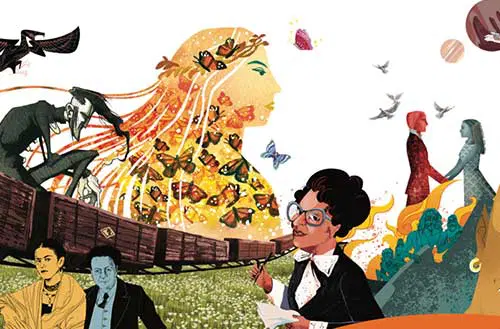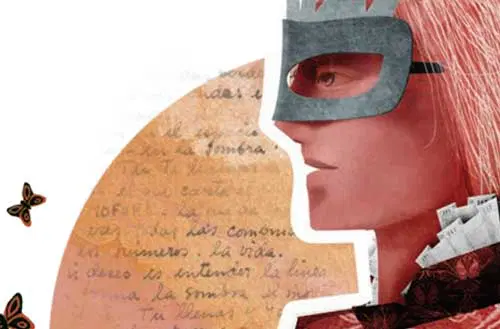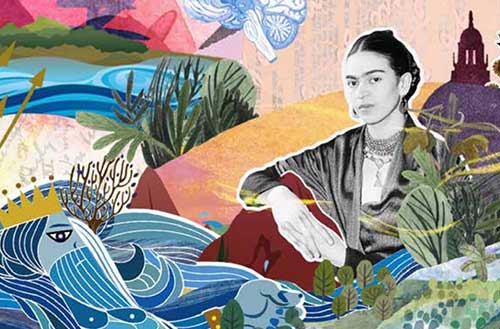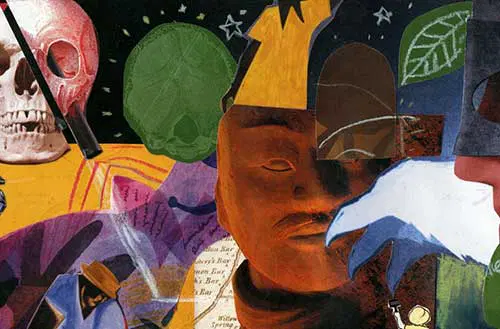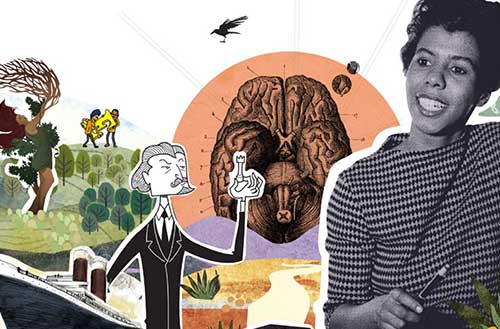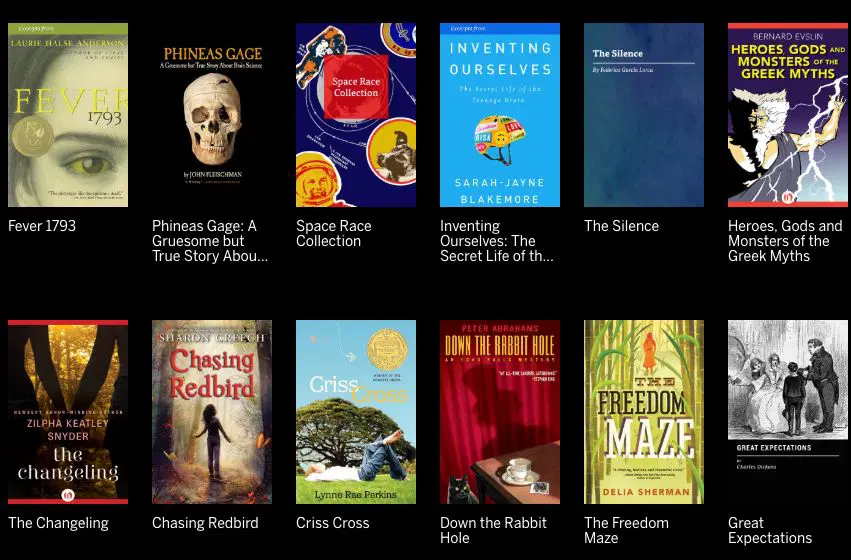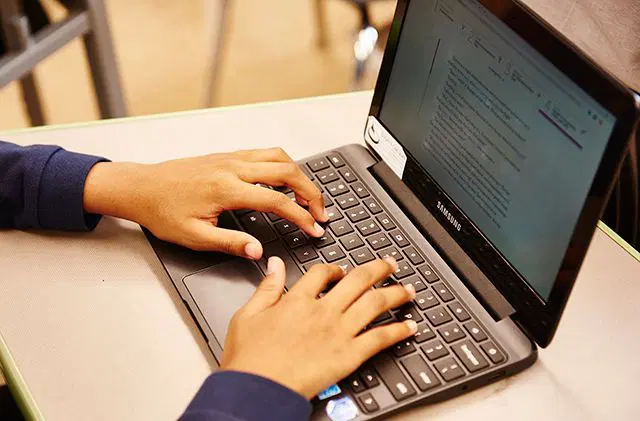Review program
The content and instruction in Amplify ELA offer more opportunities to engage middle school students than any other program. In addition to the use of lively multimedia and a variety of learning apps, teachers also find embedded tools that help with scoring, providing student feedback, and reporting.
Use the link below to access the program, using the following login credentials created especially for Atlanta. When prompted, be sure to select Log In with Amplify.
Teacher login
Username: AtlantaReviewer
Password: AtlantaNumber1
Student login
Username: AtlantaStudent
Password: AtlantaNumber1
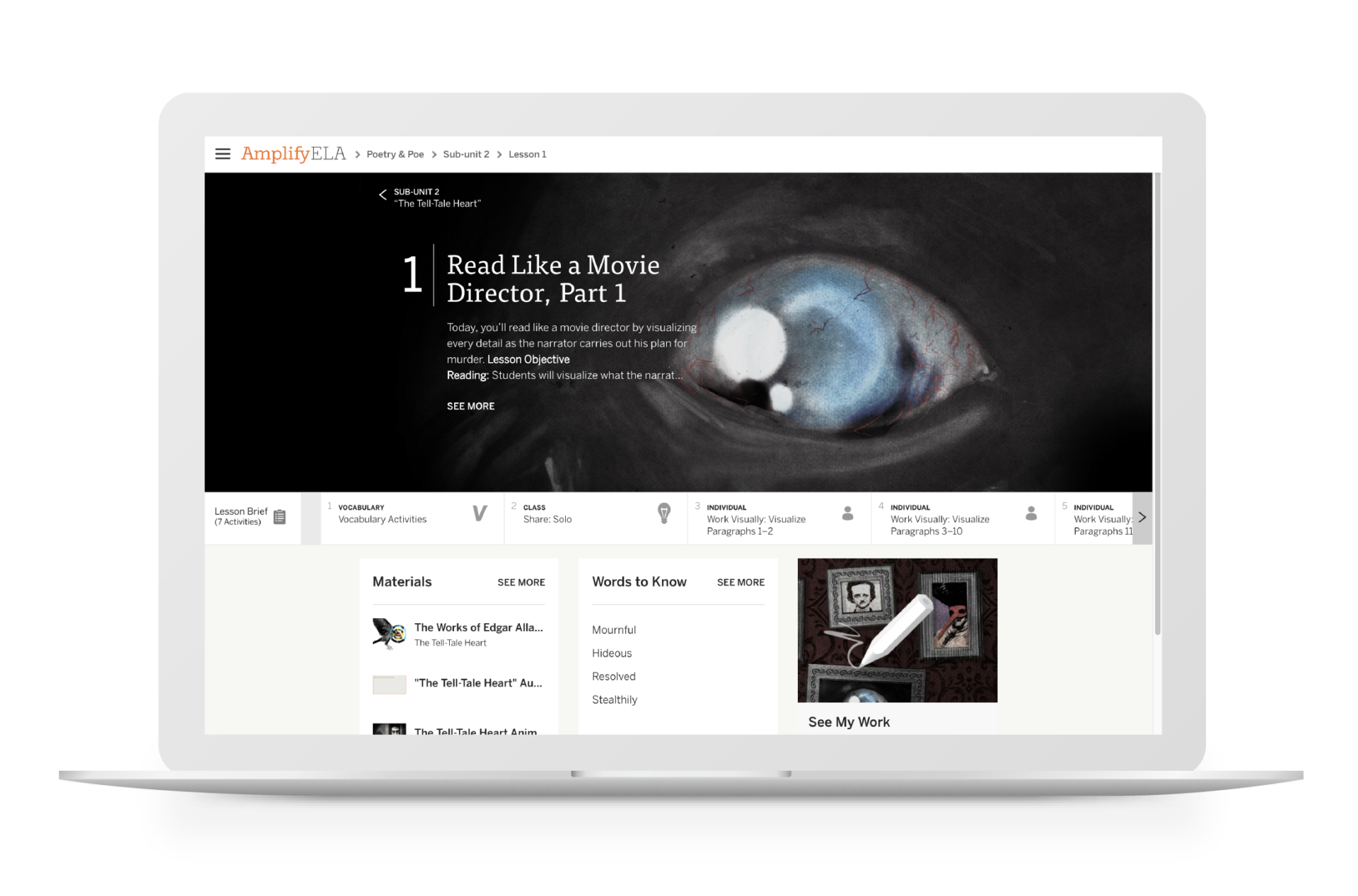
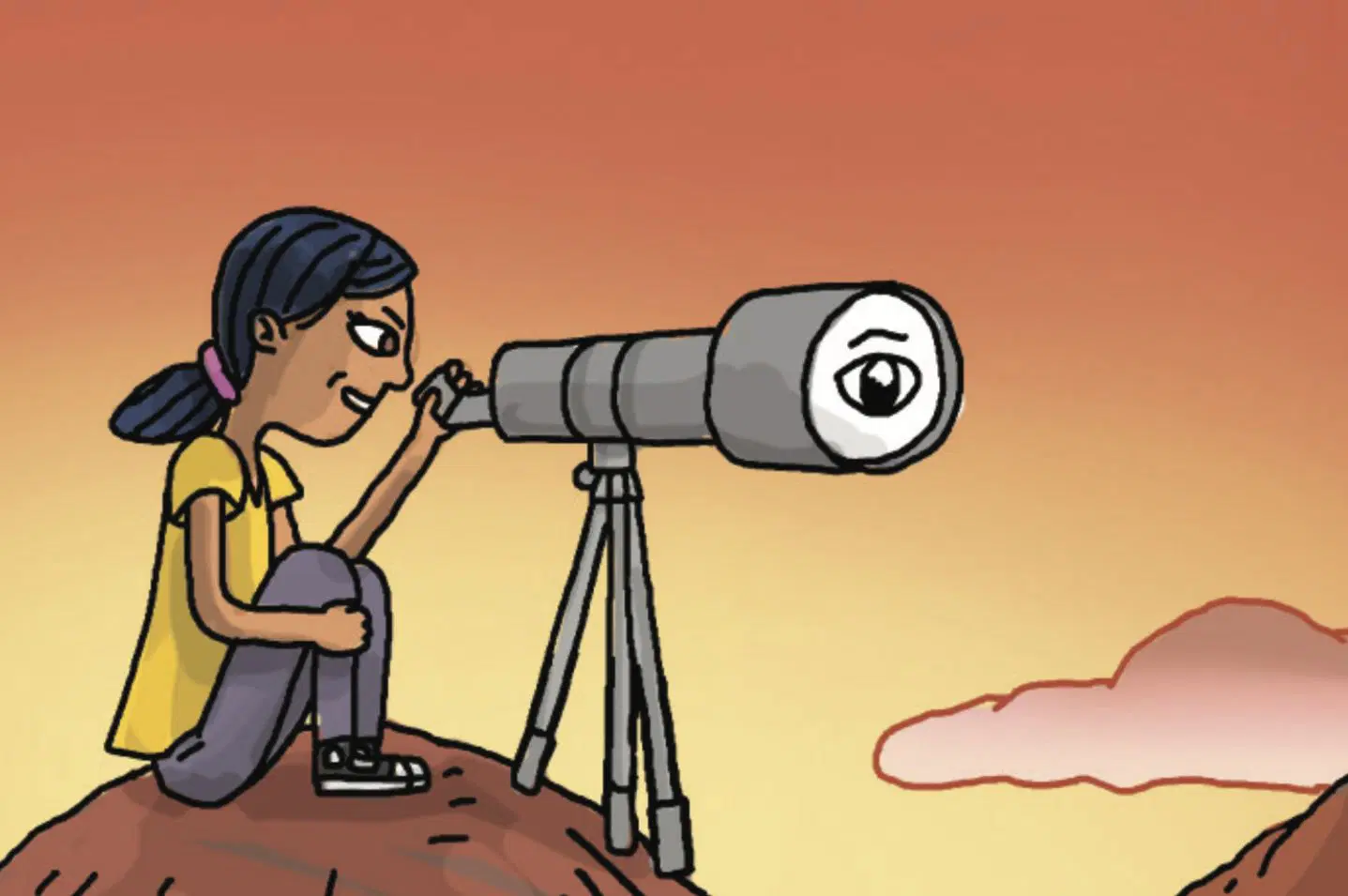
Dahl & Narrative
Students begin with narrative writing to quickly boost their writing production, learn the foundational skill of focus, and become comfortable with key classroom habits and routines they will use all year. Students then apply their new observational focus to some lively readings from Roald Dahl’s memoir Boy and learn how to work closely with textual evidence.
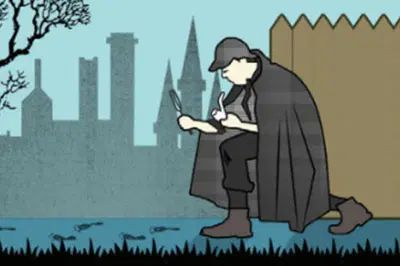
Mysteries & Investigations
Both Mark Twain’s The Adventures of Tom Sawyer and Sir Arthur Conan Doyle’s Sherlock Holmes stories, created in the late 19th century, are worth reading today for their finely crafted language, senses of humor, and iconic characters. These lessons challenge and guide students through Twain’s 19th-century rural American dialect and Doyle’s British English.
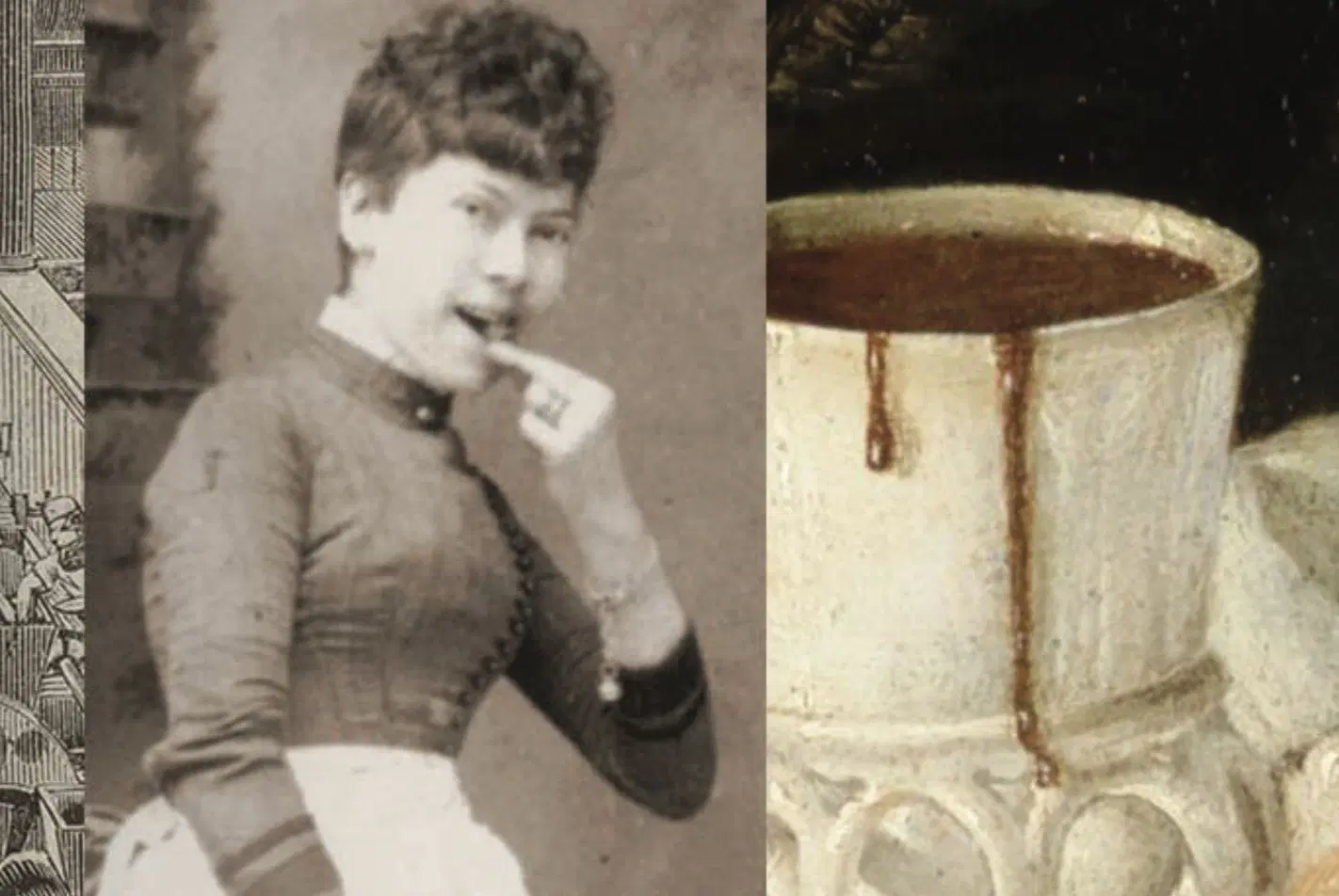
The Chocolate Collection
The Aztecs used it as currency. Robert Falcon Scott took it to the Antarctic. The Nazis made it into a bomb designed to kill Churchill. The 3,700-year-long history of chocolate is full of twists and turns, making it a rich and rewarding research topic. In this unit, students explore primary documents and conduct independent research to better understand the strange and wonderful range of roles that chocolate has played for centuries around the world.
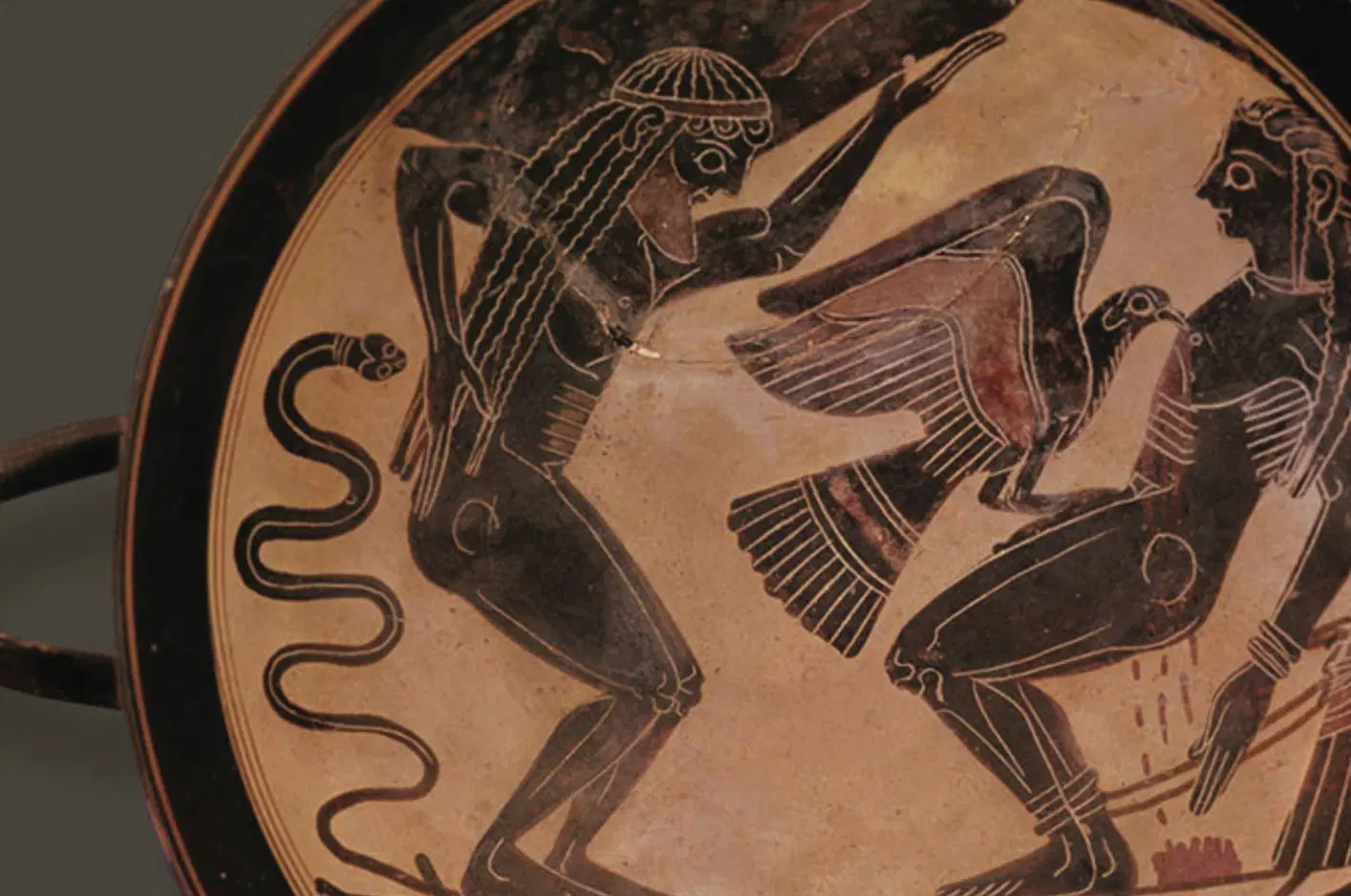
The Greeks
Greek myths help us understand not only ancient Greek culture but also the world around us and our role in it. Drawing on the routines and skills established in previous units, these lessons ask students to move from considering the state of a single person—themselves or a character—to contemplating broader questions concerning the roles people play in the world and the communities they inhabit within it.
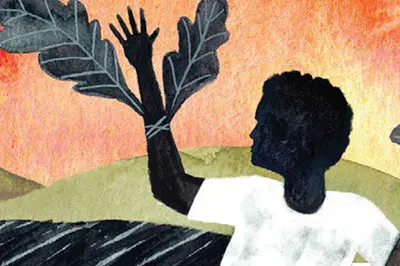
Reading the Novel
Tackling a large novel is a big task for middle grade readers. Some students struggle to carry various threads of information forward over so many pages. Many are accustomed to paying attention only to plot points, but aren’t sure how to develop an understanding of character or theme. Overall, students need to learn to prioritize particular moments and carry those moments forward to recognize character and thematic development as they read later chapters. These lessons target the character and development of a character named M.C. Higgins in Virginia Hamilton’s novel M. C., the Great. Students will enact three basic reading moves again and again to practice both the small- and large-scale analysis involved in reading a novel.

The Titanic Collection
Students learn how to tell the difference between primary, secondary, and tertiary sources; determine if a given source is reliable; and understand the ethical uses of information. They then construct their own research questions, and explore the internet for answers. Finally, students take on the role of a passenger from the Titanic manifest and consider gender and class issues as they research and write narrative accounts from the point of view of their passengers.
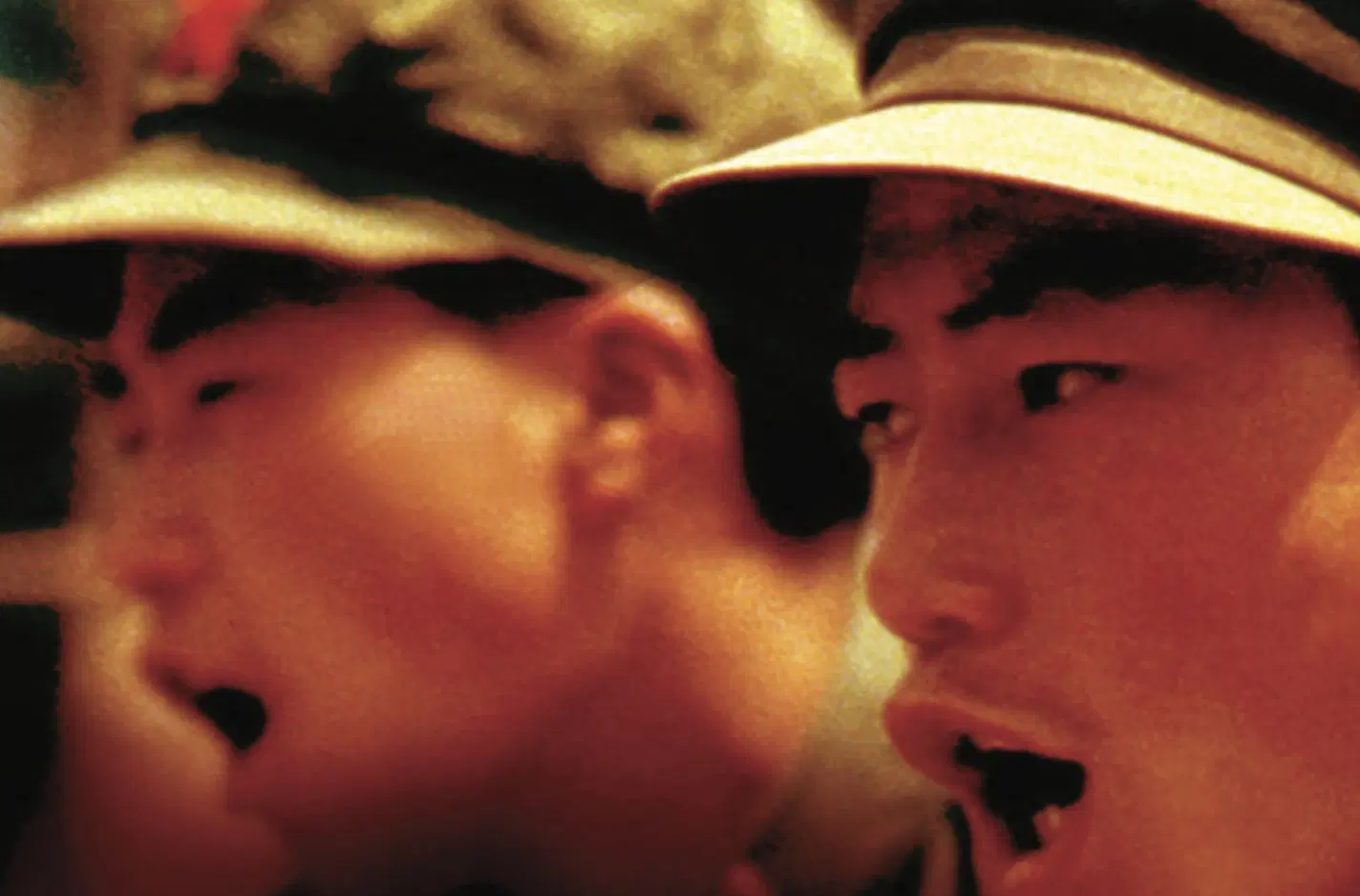
Red Scarf Girl & Narrative
This is a highly engaging memoir of a young girl growing up in China during the Cultural Revolution. Students will quickly learn the history and politics of this tumultuous period by focusing on the story of a young woman living through the upheaval. As students follow her journey through a world turned upside down, they will track the changes in her feelings and motivations over time.
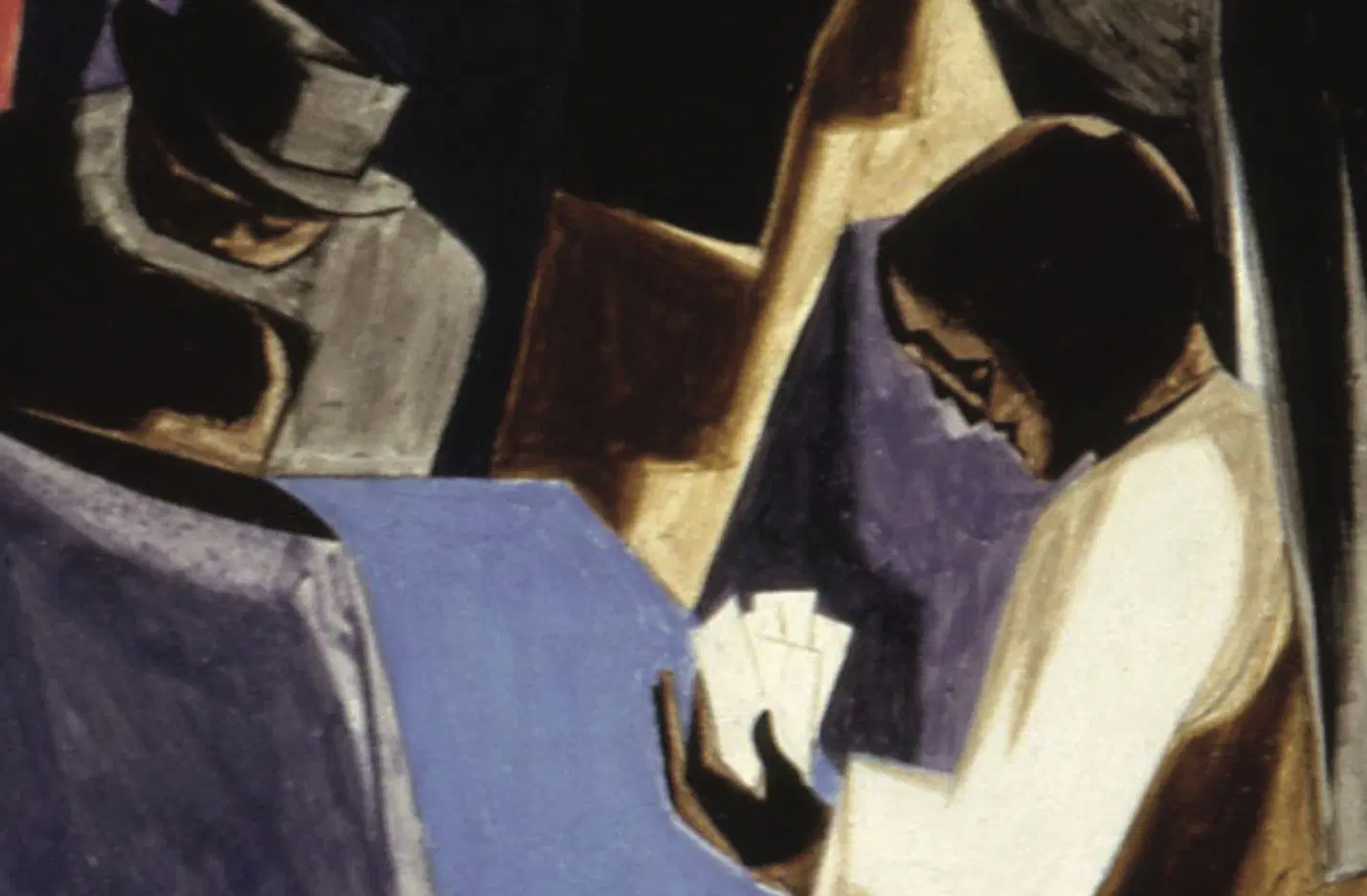
Character & Conflict
By reading A Raisin in the Sun and ‘Sucker,’ students explore how people facing hardships can inflict unintentional harm on the people around them. The two narratives work together to provide opportunities for students to analyze characters’ responses to conflict and the authors’ development of ideas over the course of a piece of fiction.
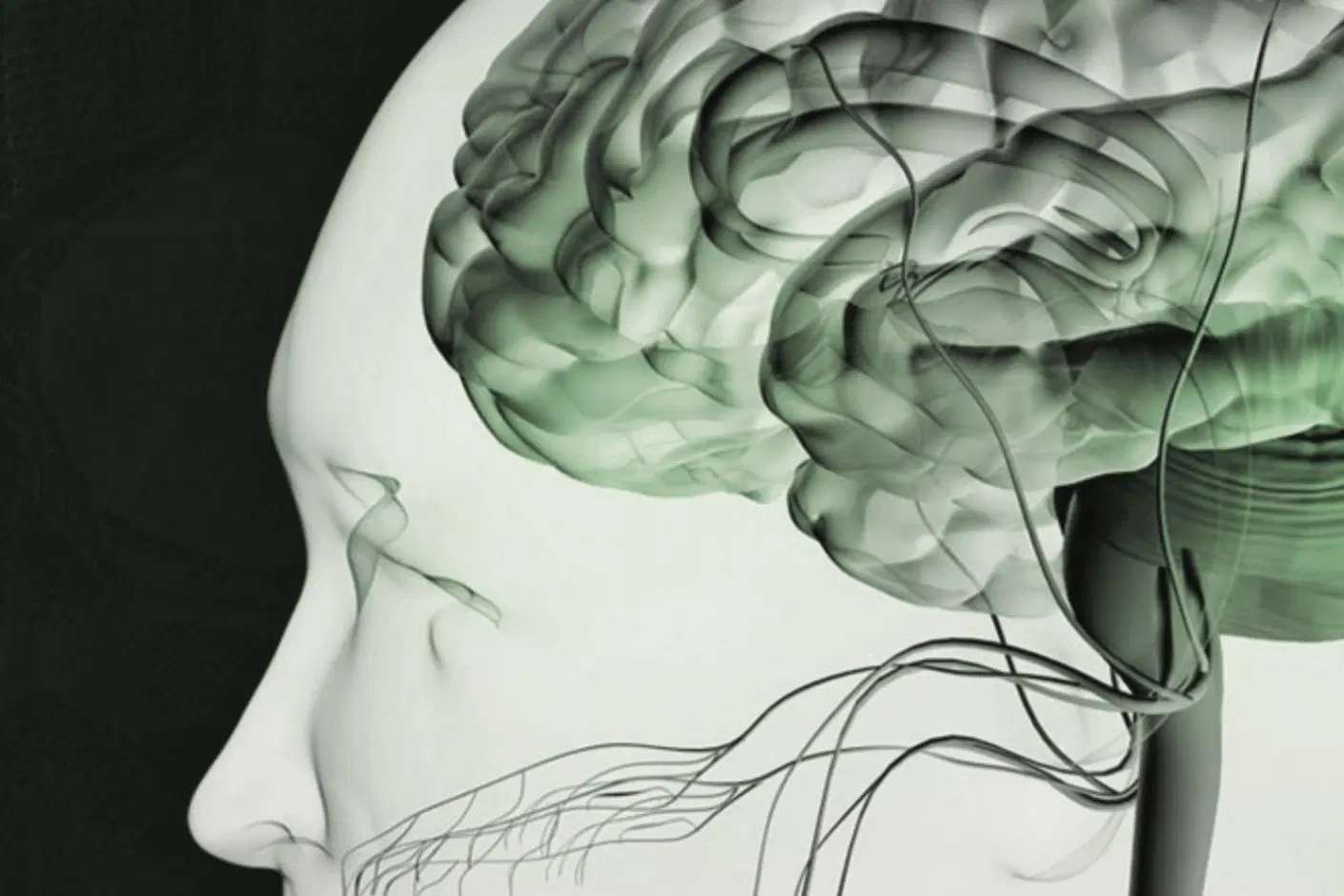
Brain Science
Could you survive an iron rod through your skull? Phineas Gage did, and his gruesome-but-true story allows students to build background information and analyze other informational texts, including the contemporary The Man Who Mistook His Wife For A Hat and the obviously-relevant Demystifying the Adolescent Brain.
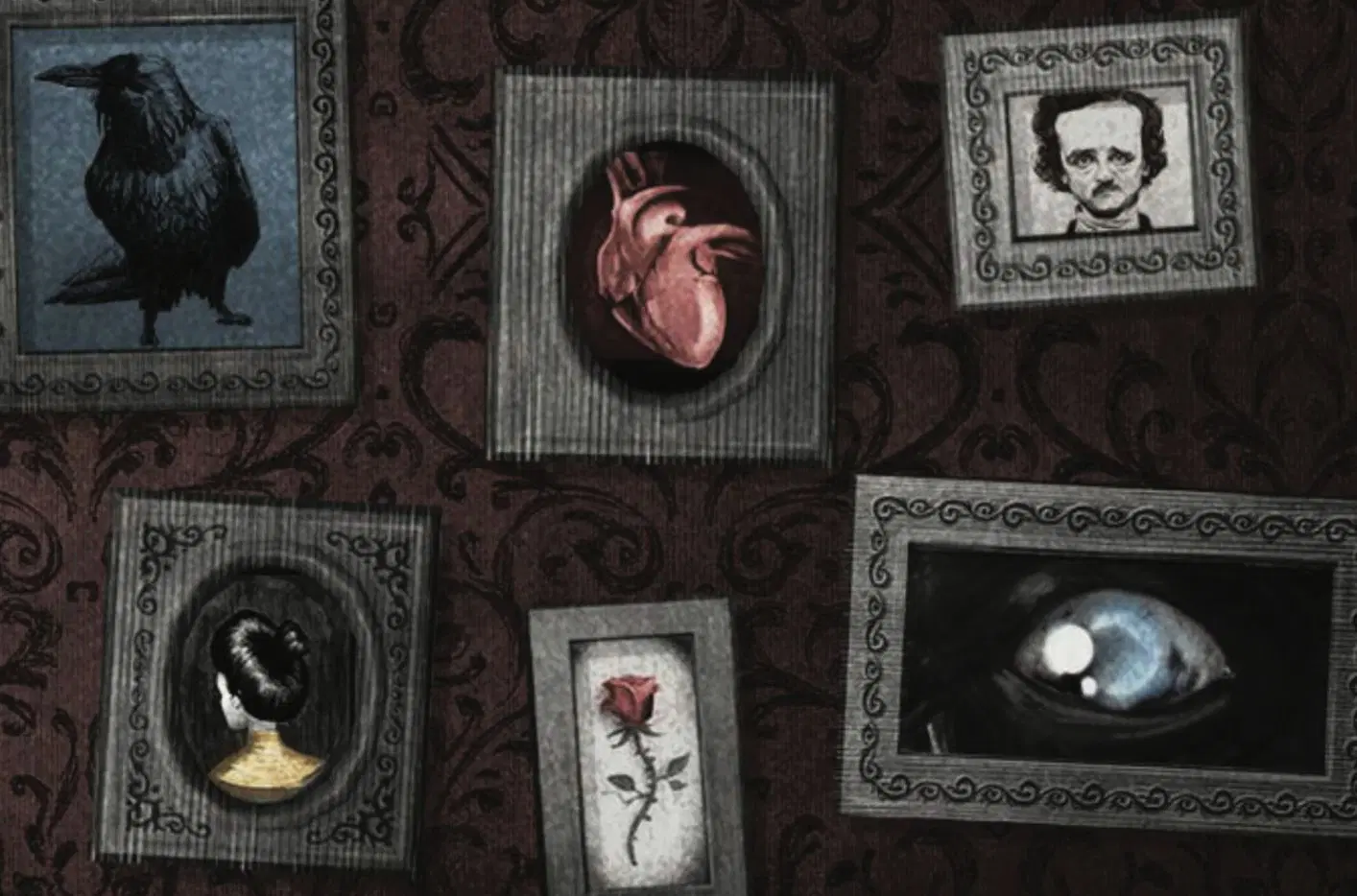
Poetry & Poe
Poe’s texts always offer so much to notice, decipher, talk about—and creep us out. Since things are not always what they seem, students use close reading skills to question whether they should believe what Poe’s narrator is telling them…or not.
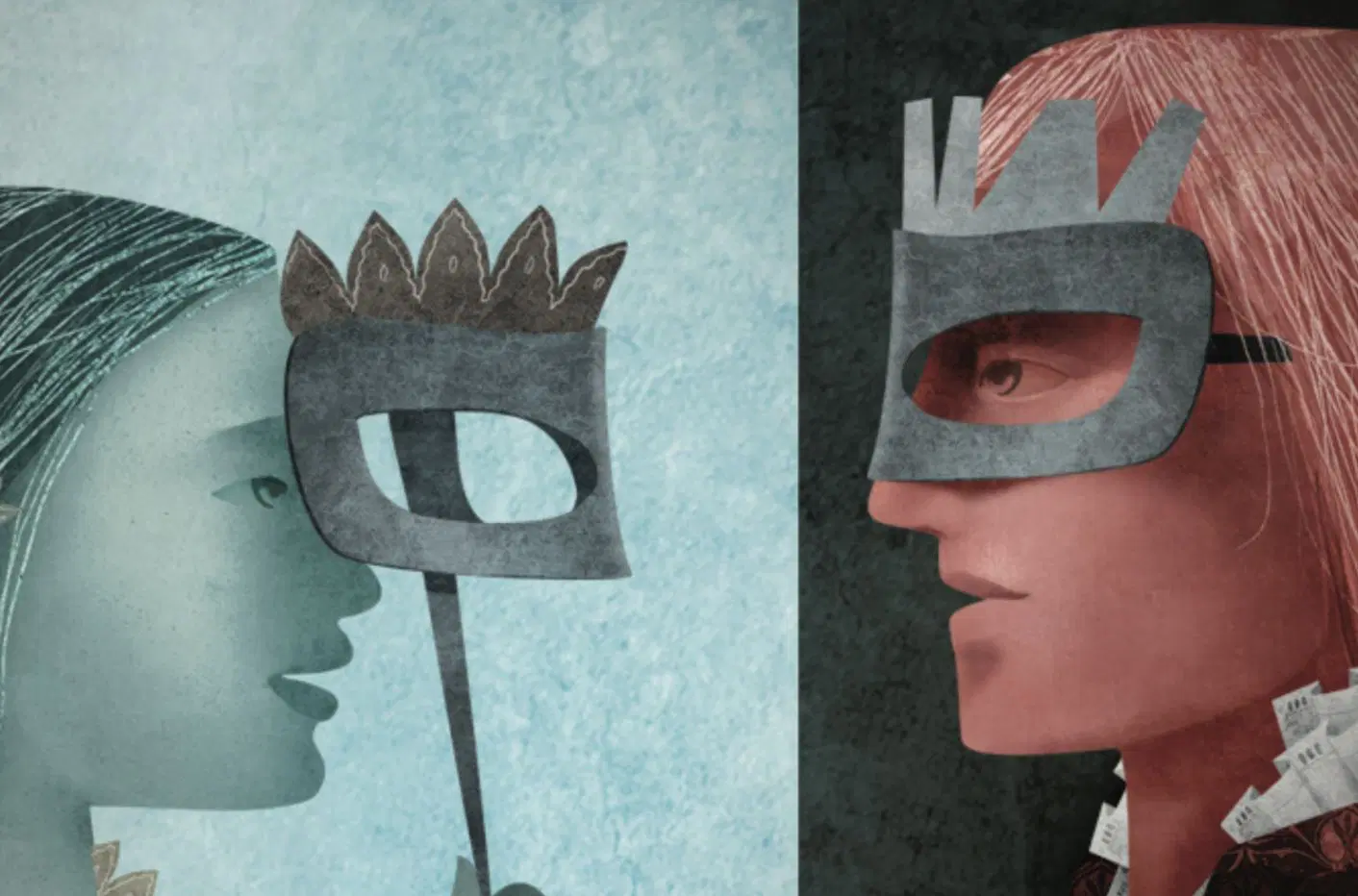
Shakespeare's Romeo & Juliet
Romeo and Juliet combines romance with action, offering a wide range of themes and scenes for students to read about and act out. Your middle schoolers are at the right age to identify with the lovers’ strong feelings—and also old enough to think critically about the choices Romeo and Juliet make.
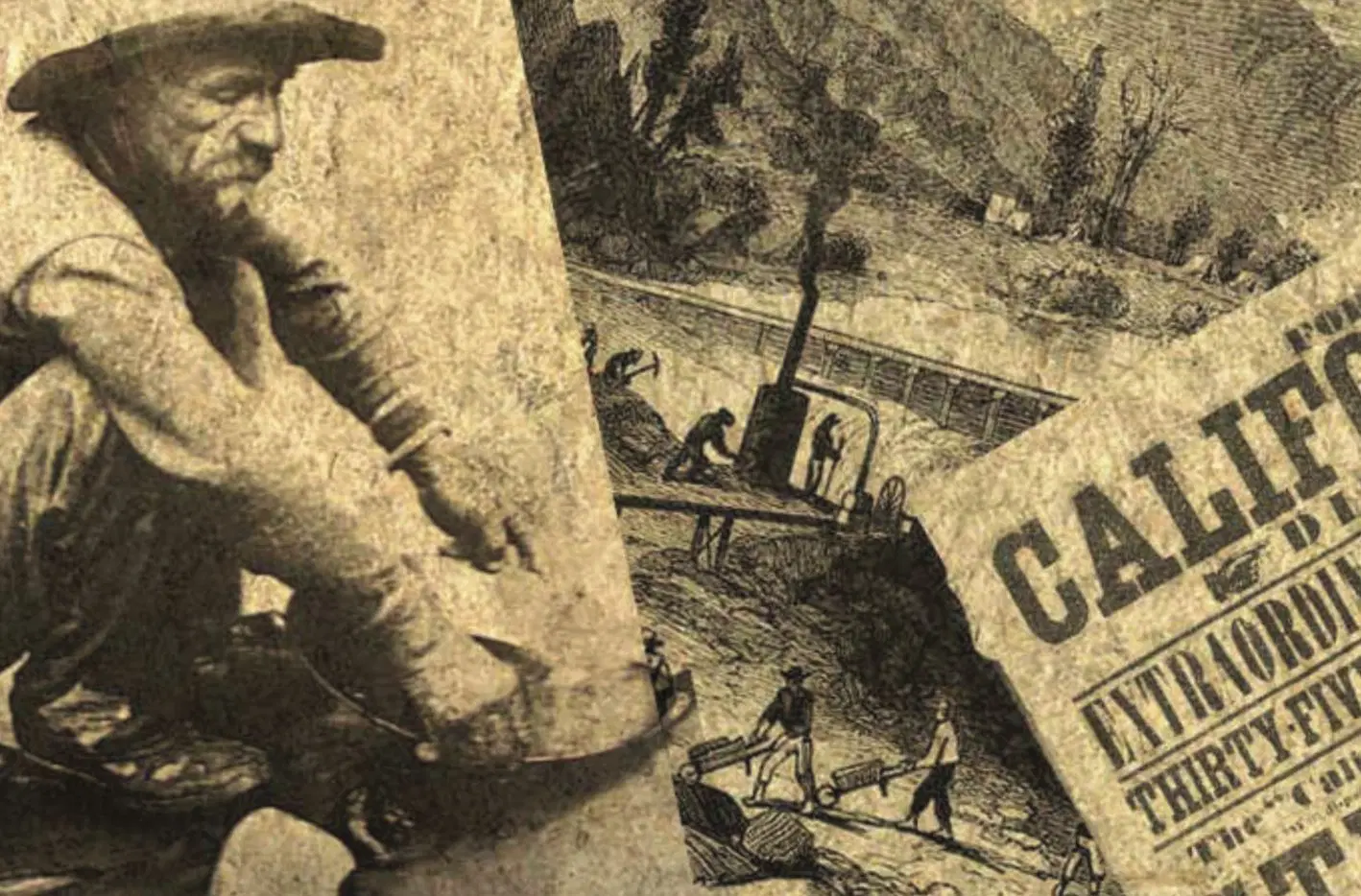
The Gold Rush Collection
Students choose from a large collection of primary and secondary sources to learn about the wide diversity of people who took part in the California Gold Rush.
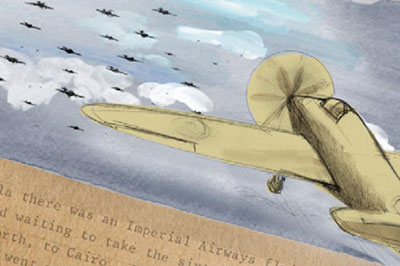
World War II & Narrative
Students begin with narrative writing to quickly boost their writing production, learn the foundational skill of focus, and become comfortable with the key classroom habits and routines they will use all year. After exploring how specific details allow them, as writers, to communicate the emotion of the characters in their own experiences, students apply this level of analysis to determining the narrator’s perspective in Roald Dahl’s Going Solo, a memoir of Dahl’s experiences during World War II.
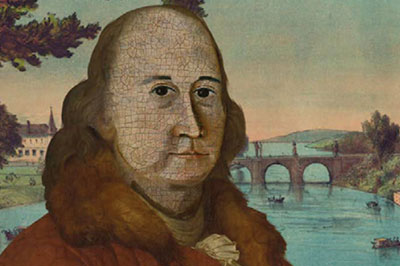
Biography & Literature
The Biography & Literature unit stars Benjamin Franklin, the founding father who helped define not only American government but also American character. Students explore how Franklin used language to continually reinvent himself, his community, and, eventually, Americans’ understanding of how they would govern themselves. In most lessons, students read excerpts of Franklin’s literary, political, and scientific writing, as well as commentary and analysis from Walter Isaacson’s Benjamin Franklin: An American Life.
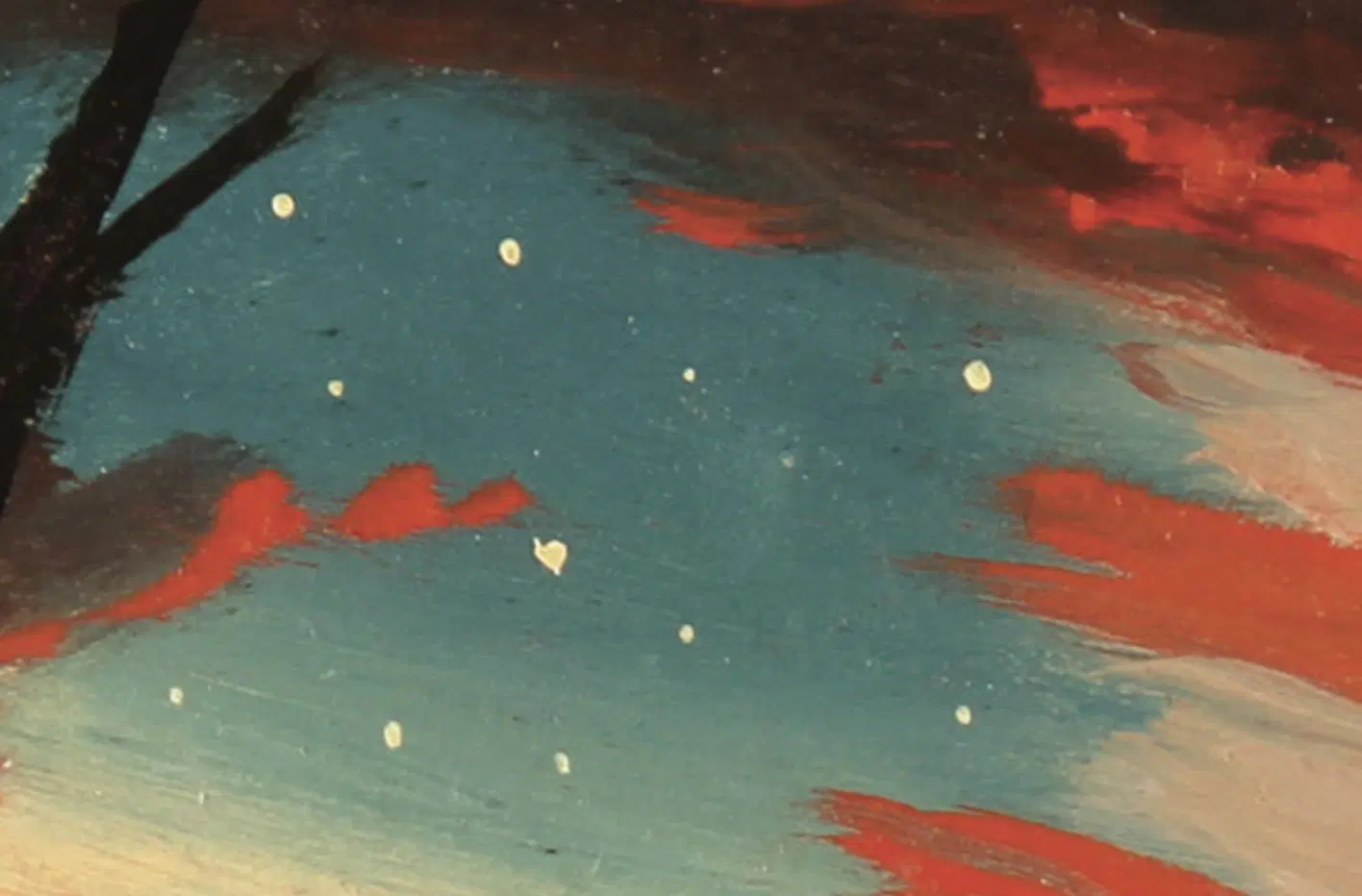
Liberty & Equality
We look at the words of a range of creators—from poet Walt Whitman to abolitionist Frederick Douglass to President Abraham Lincoln—to see how their writing contributed to extreme shifts in social organization, and a whole new concept of what it means for people to be considered ‘equal.’

Science & Science Fiction
Students read Gris Grimly’s Frankenstein, a graphic novel that adds captivating illustrations to an abridgment of the 1818 edition of Mary Shelley’s book. Paired with Shelley’s text, Grimly’s haunting—and, at times, horrific—representations of Frankenstein’s creature push students to wrestle with some of the text’s central themes: the source of humanity and the root of evil. Then, students write an essay in which, after arguing both sides of the question, they determine whether or not Frankenstein’s creature should ultimately be considered human.

The Frida & Diego Collection
Mexico’s most famous and provocative artists, Diego Rivera and Frida Kahlo, were an extraordinary couple who lived in extraordinary times. They were soul mates and complete opposites. The multifaceted lives and work of Diego Rivera and Frida Kahlo offer students a rich and fascinating subject, as they examine primary source documents and conduct independent research.
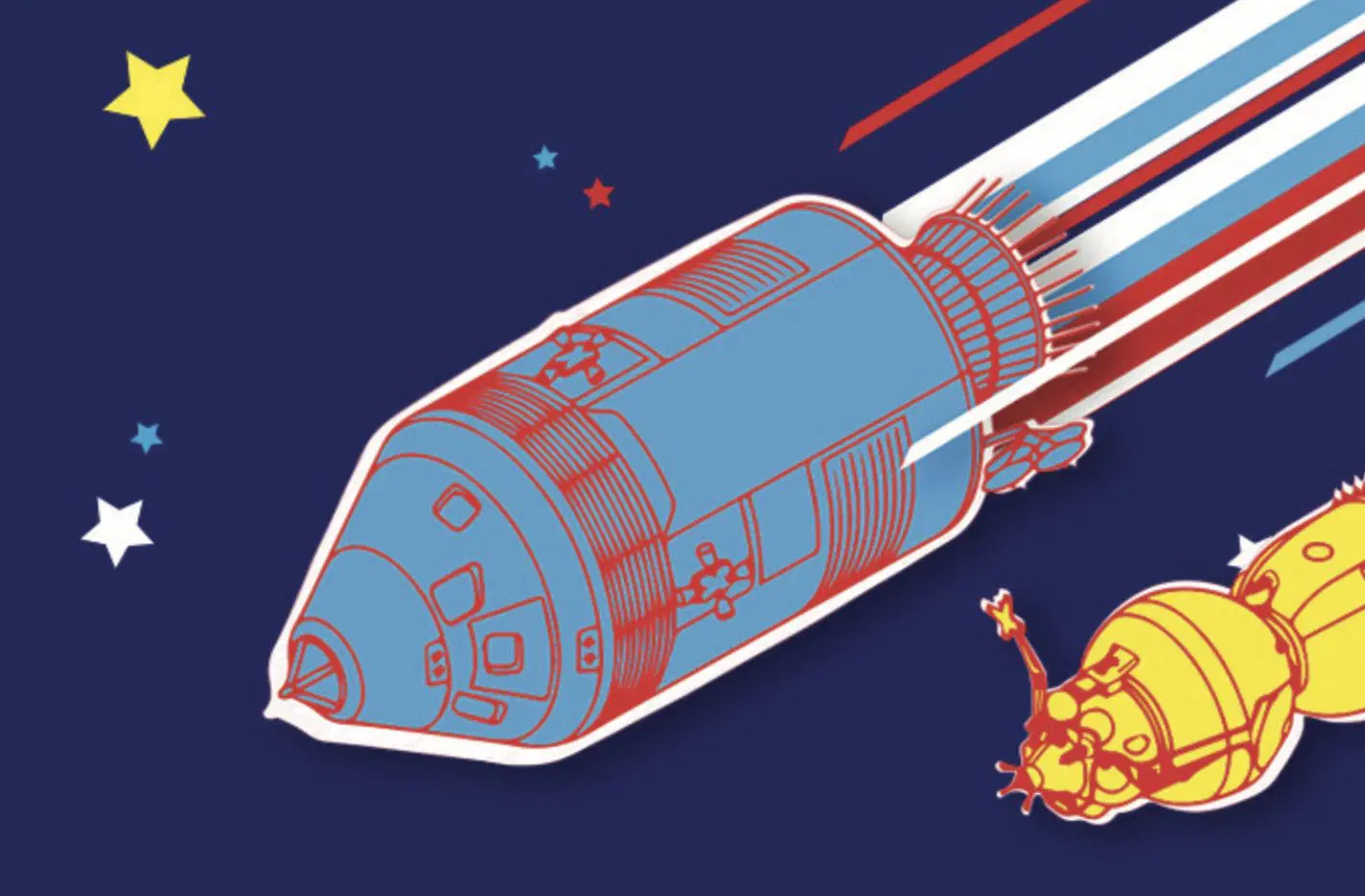
The Space Race Collection
Students learn about mid-century tensions between the United States and the Soviet Union in this unit on the history of space exploration. Putting their research and close-reading skills to the test, students learn to distinguish between reliable and unreliable sources online, then take on the persona of an astronaut or cosmonaut to write a blog about their time in space.

